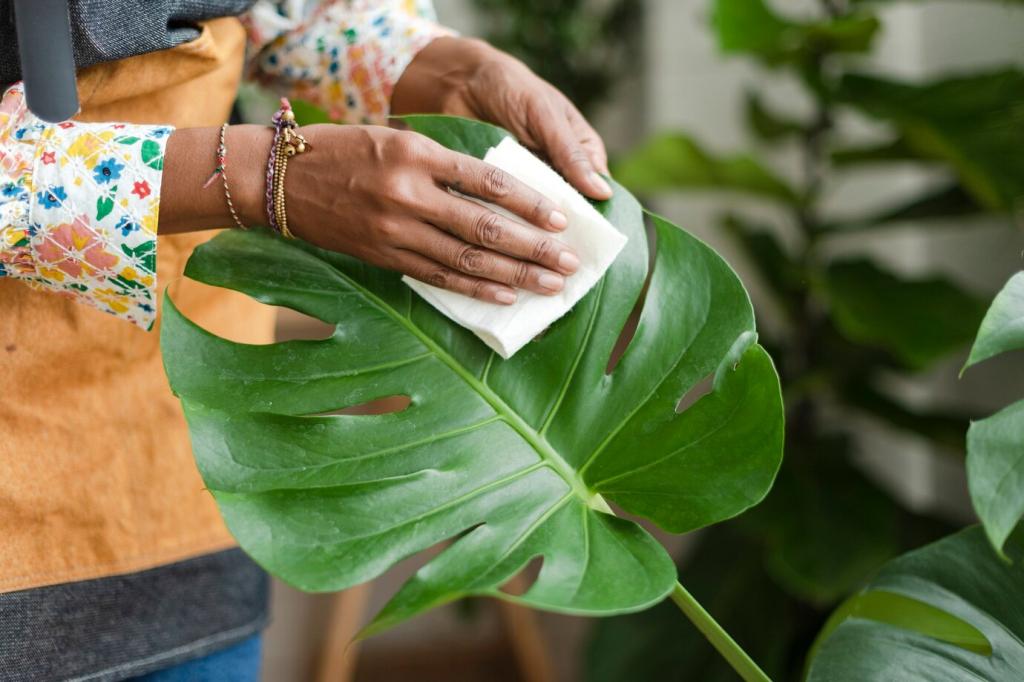DIY Recipes and Refill Rituals
Combine distilled water, a small amount of gentle plant-based surfactant, and a touch of alcohol for quick wetting. Store in a reusable glass bottle with a fine mist sprayer, and label clearly for safe household use.
DIY Recipes and Refill Rituals
Dissolve sodium percarbonate in warm water as directed, then submerge colorfast garments for thirty minutes. Agitate gently, rinse, and launder. Always test hidden seams for colorfastness before soaking vibrant items, prints, or delicate blends.
DIY Recipes and Refill Rituals
Blend baking soda with a few drops of castile soap into a spreadable paste. Apply, rest for fifteen minutes, then rinse thoroughly. This gentle approach minimizes abrasion while lifting persistent body oil marks around necklines.
DIY Recipes and Refill Rituals
Lorem ipsum dolor sit amet, consectetur adipiscing elit. Ut elit tellus, luctus nec ullamcorper mattis, pulvinar dapibus leo.

